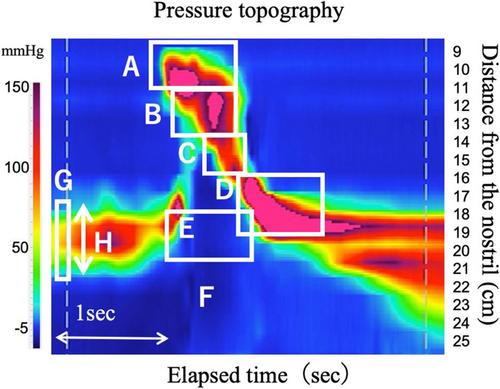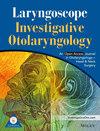High-Resolution Pharyngeal Manometry Assessment of Swallowing in Asymptomatic Myotonic Dystrophy
Abstract
Objectives
Myotonic dystrophy (MyD) adversely affects swallowing function from an early stage. However, the swallowing characteristics of patients with MyD, who rarely seek medical attention owing to a lack of subjective symptoms, remain unclear. We aimed to analyze multifaceted swallowing function tests, including high-resolution manometry (HRM), in patients with asymptomatic MyD and evaluate the swallowing pathophysiology in these patients.
Methods
We included patients who underwent HRM and swallowing function tests, including videofluoroscopic swallow study (VFSS), at our hospital. We analyzed the results along with the clinical and demographic profiles of the patients, comparing them to those in a non-MyD control group of patients with mild dysphagia.
Results
The MyD group demonstrated significantly decreased swallowing motility on VFSS and reduced pharyngeal contraction force at all stages from the pharynx to the upper esophageal sphincter (UES) on HRM. In the non-MyD control group, a weak negative correlation was observed between maximum pharyngeal contraction force and minimum UES pressure during swallowing. Conversely, in the MyD group, the minimum UES pressure remained consistently low, regardless of weak pharyngeal contraction force.
Conclusion
Our study confirmed that patients with MyD exhibited significant motor disorders of swallowing-related muscles even when unaware of their dysphagia. While constant UES relaxation may help maintain swallowing, particularly for liquids, it hinders patients' ability to recognize their swallowing problems and can lead to sudden choking episodes. Early risk management and intervention are, thus, necessary for patients with MyD, even those unaware of their dysphagia.
Level of Evidence
IV.


 求助内容:
求助内容: 应助结果提醒方式:
应助结果提醒方式:


